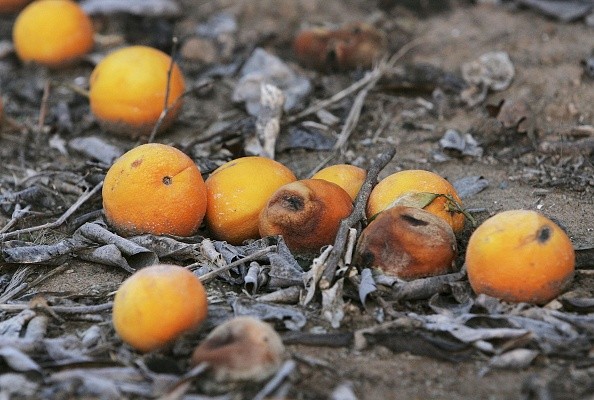A recent study looked into the emergence of a well-known invasive spotted wing Drosophila Pest, or fruit crop pest. The study noted that the fruit crop pest could have disastrous effects on the forest ecosystems.

The pest is called SWD or the spotted wing Drosophila, first found in Southeast Asia. Scientists located at the Swiss Federal Institute for Forest conducted the study.
The study was published in the NewoBiota journal and is available on the Phys.org website.
Moreover, plants and forests have experienced common pests in their existence. The pests could harm the environment, especially when it is invasive. It could also impact the livelihood of many farmers.
According to the study, the invasive spotted wing drosophila (SWD) could be harmful as it lays eggs and penetrates the fruit skins to infest the fruit. The study noted that it could cause fruit decay, making it inedible.
Furthermore, the research added that the impact of the said pest is common, causing damage to agriculture, the environment, and forests. However, the researchers pointed out insufficient knowledge about the ecological impact of the aforementioned invasive pest.
To further observe the impact, the researchers looked into 64 sites from mid-June to mid-October 2020. They assessed over 12,000 fruits indicating SWD egg deposits and potential effects.
According to the study, the researchers found the following results after perusing the sample fruits.
- More than 50% attack rate was recorded from the 18 species they studied.
- After the egg decomposition, 50% of the sample fruits indicated severe symptoms of decay.
- The researchers also observed that the samples showed after egg decompositions. They found that the appearance of the fruit changed.
Meanwhile, Prof. Martin M. Gossner explained that the fruit decay, infested by the invasive spotted wing drosophila, could affect the other species wanting the same resources. He explained that it could impact the seed dispersal affecting both the seed dispersers and plants.
Bats protecting the forests
In previous reports, a study shared that bats are important in protecting forests from potential insect damage. The report noted that insects could harm the forests' seedlings and trees.
The researchers found out that the emergence or presence of bats is important. In the experiment, the researchers discovered that three times insect emergence appeared when bats were not present, while defoliation reached five times.
With that in mind, the researchers emphasized the conservation of bats that are threatened due to habitat loss and climate change. The decline of bats could have a harmful and disastrous impact on tree seedlings.
In the same report, the National Park Service (NPS) noted that bats are crucial in environmental protection as they are insectivorous. Bats' presence can control the damage from insects.
In farming, bats are extremely helpful because farmers can save from pest control. Bats, as a natural pest control, could contribute to seed dispersal.
The research also suggested the significance of studying bats and insects for the preservation of forests.
Related Article : Bats Contribute to Keep Forests Growing and Protect Tree Seedlings From Insect Damage
For more similar, don't forget to follow Nature World News.
© 2025 NatureWorldNews.com All rights reserved. Do not reproduce without permission.





